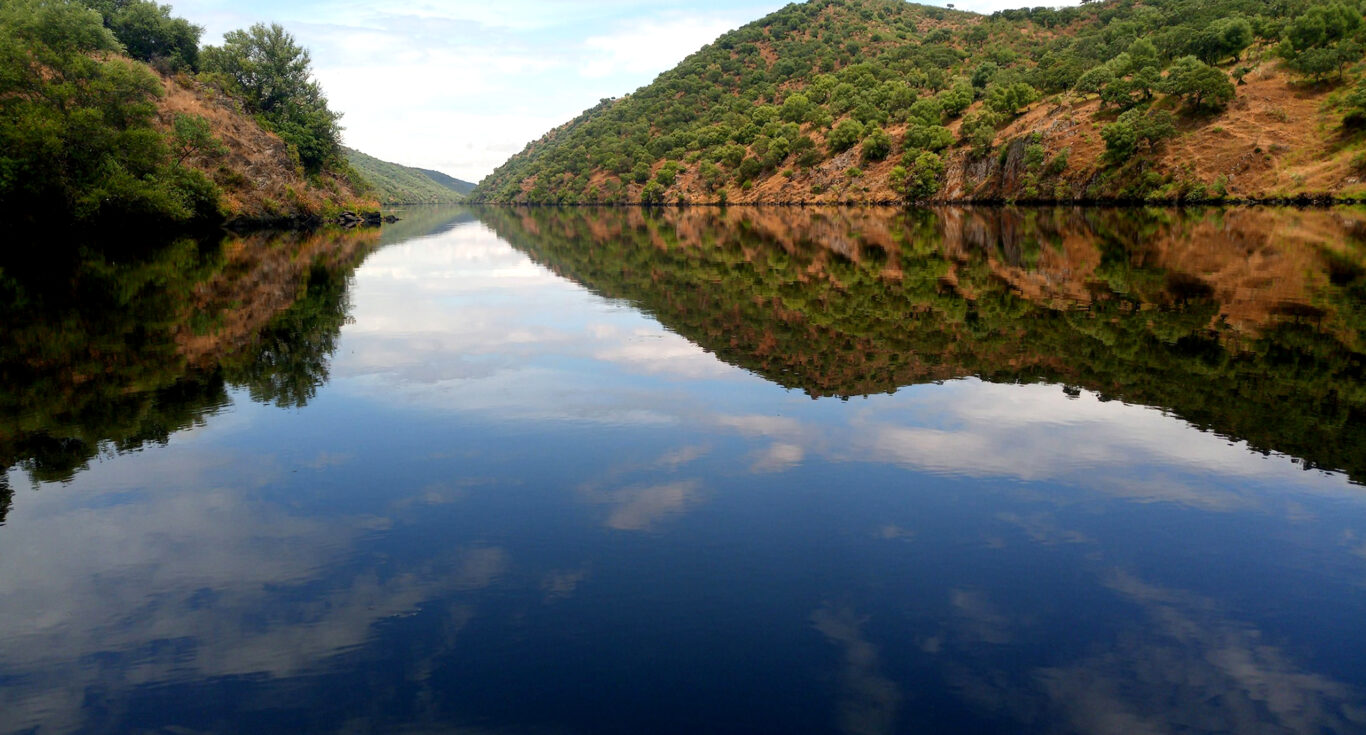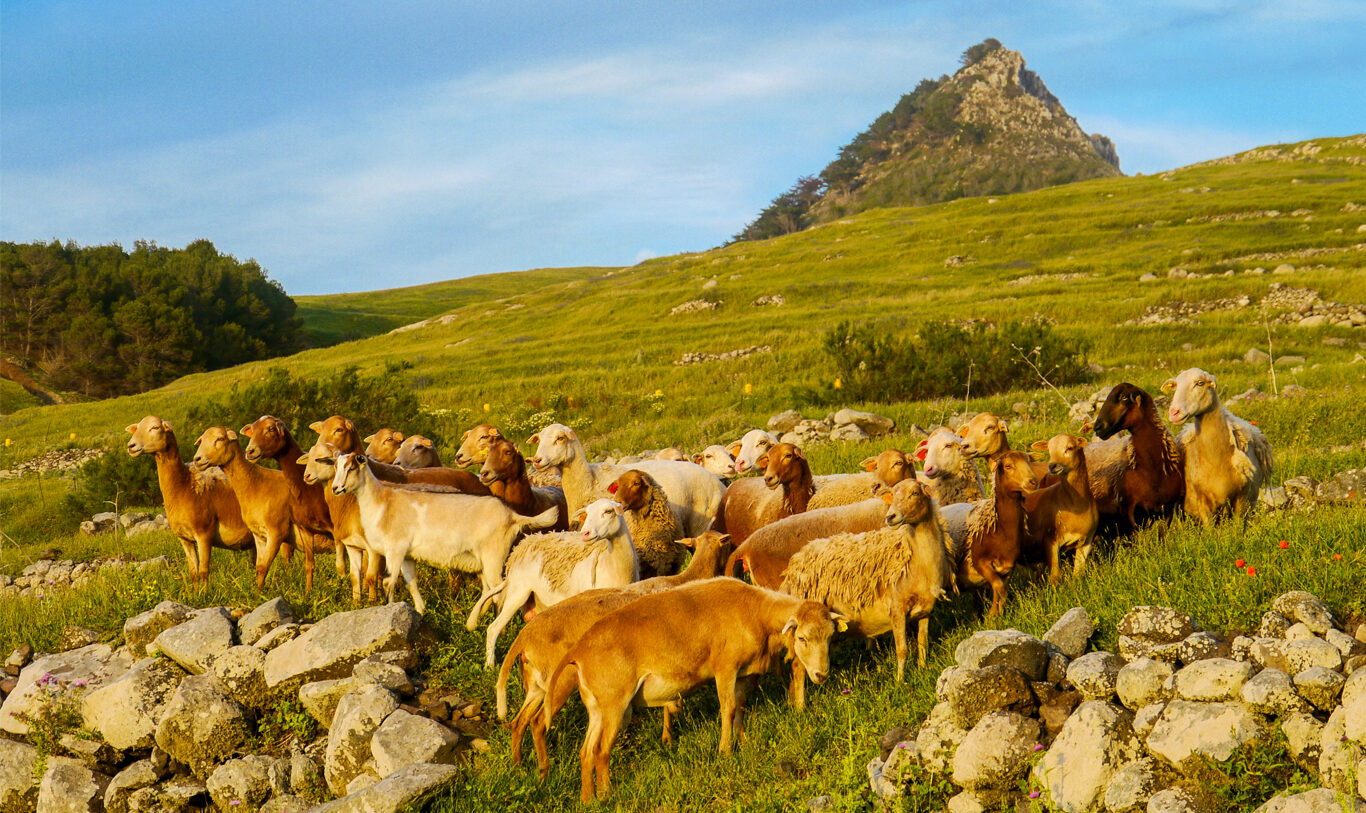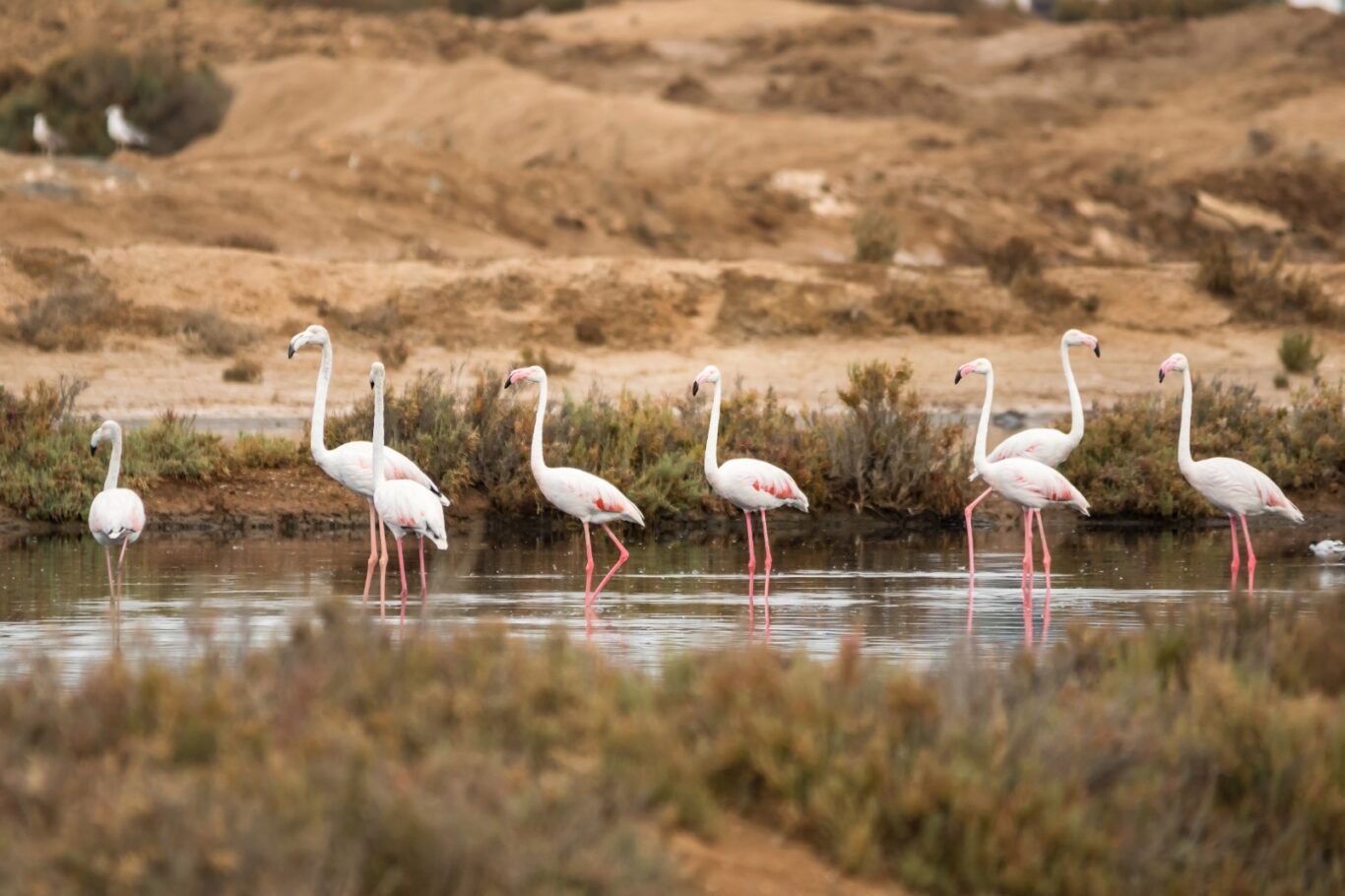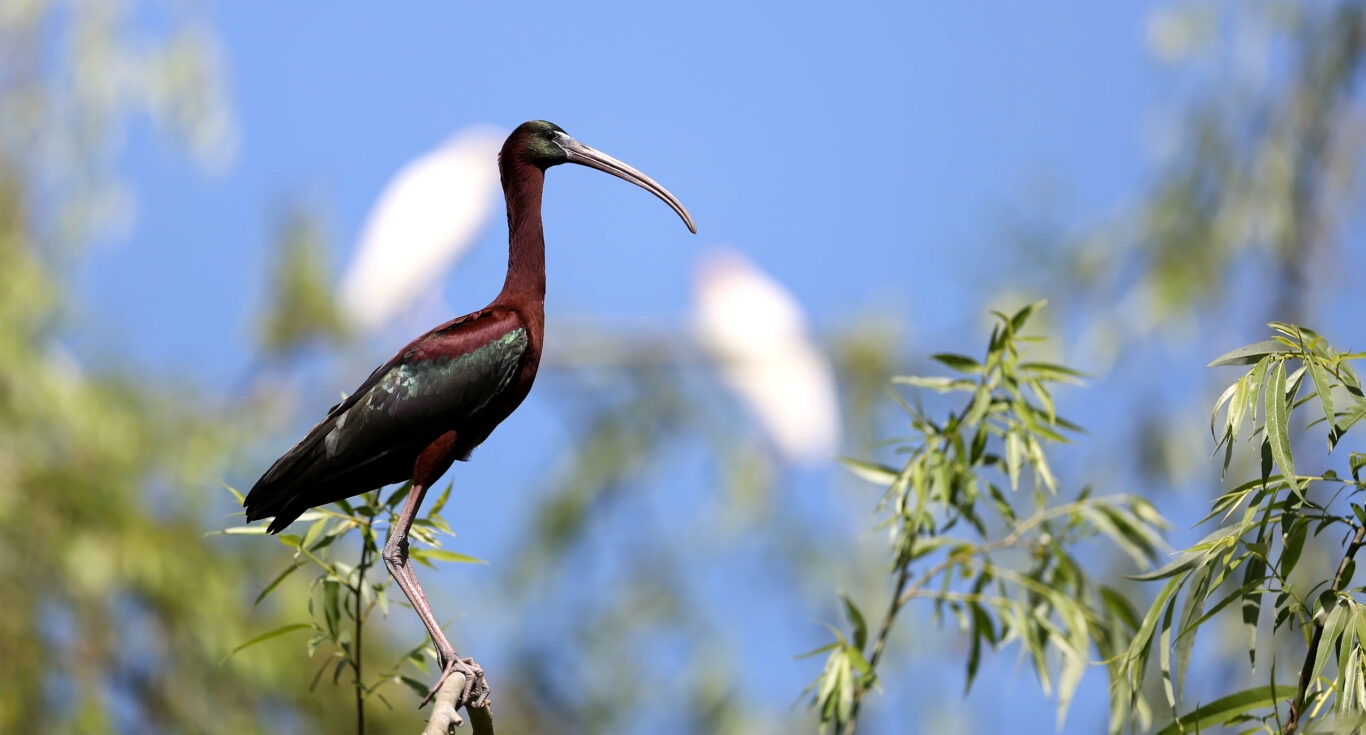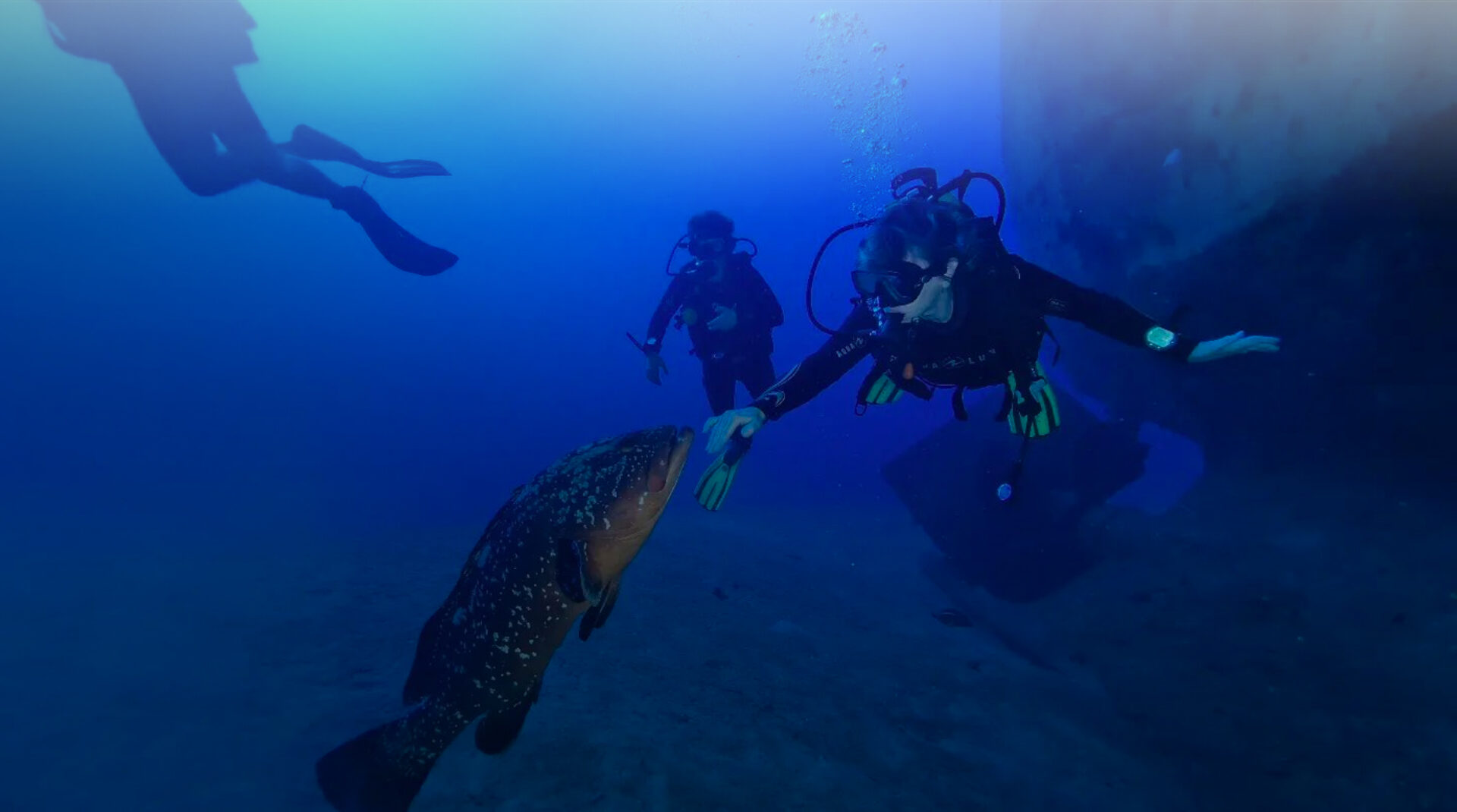
Actively participating in the activities of the Biosphere Reserves means doing more for people and the planet
Doing more for our Reserves, doing more for people and the planet
Biosphere Reserves play a crucial role in biodiversity conservation, sustainable development and the promotion of environmental education. They play a very important role with communities, helping to strengthen social and territorial cohesion, enhancing local communities and their identity and, most importantly, playing a fundamental role in terms of civic participation and environmental literacy and education.
Many of the activities in the Portuguese Biosphere Reserves are open to the general public, particularly schools, while at the same time giving people the chance to take part in various activities dedicated to nature conservation and many other social and cultural dynamics.
Openness and participation in these activities is essential to the success of the Reserves’ mission, which is, after all, a global mission to promote sustainability and contribute to the well-being of people and the planet.
The range of initiatives and activities carried out by the Reserves is very diverse and responds to various interests, abilities and age groups, attracting a broad spectrum of individuals. They generally include the following types:
- Educational Workshops and Tours: Educational workshops and guided tours provide valuable insights into the reserves’ ecosystems, their flora, fauna, and the importance of conservation. These experiences enhance public understanding and appreciation, nurturing a sense of responsibility towards sustainable practices.
- Adventure and Recreation: Adventure activities like hiking, kayaking, camping, and bird-watching not only promote a connection with nature but also encourage physical fitness and mental well-being. By providing opportunities for recreation in a natural setting, reserves encourage a healthy lifestyle.
- Community Engagement and Cultural Events: Involving local communities in events that showcase their culture, traditions, and traditional practices related to sustainability fosters a sense of ownership and pride. It also helps visitors understand the rich heritage associated with the biosphere reserve and the importance of preserving it.
- Citizen Science and Volunteering Programs: Engaging the public in citizen science projects allows them to actively contribute to data collection and research. This involvement empowers individuals to see the direct impact of their actions and supports scientific efforts for conservation and sustainability.
- Environmental Awareness Campaigns: Conducting campaigns that raise awareness about pressing environmental issues, such as climate change, pollution, or deforestation, informs and mobilizes people to take action towards a sustainable future.
- Agricultural and Sustainable Practices Demonstrations: Showcasing sustainable agricultural and farming practices within the reserves demonstrates the balance between human activities and nature. This serves as an educational platform for visitors and local farmers alike, promoting ecologically responsible practices.
- Nature Interpretation Centers: Establishing interpretation centers provides visitors with interactive exhibits and informational materials about the local environment, its unique features, and the efforts being made for its conservation. It deepens the understanding of biodiversity and fosters a stronger connection with nature.
- Art and Cultural Exhibitions: Encouraging art and cultural exhibitions that depict the beauty of nature and the importance of its conservation provides a creative way to convey important messages about sustainability and environmental protection.
The significance of these diverse activities extends beyond the reserves themselves.
By actively engaging people, biosphere reserves can cultivate a sense of responsibility and commitment to sustainable practices in their daily lives. This heightened awareness, understanding, and participation contribute to achieving the reserve’s mission for long-term sustainability, biodiversity preservation, and the overall well-being of both people and the planet. It is a collective effort that shapes a more sustainable and harmonious relationship between humanity and the natural world.
Find out about and take part in the activities organised by the Biosphere Reserves.
